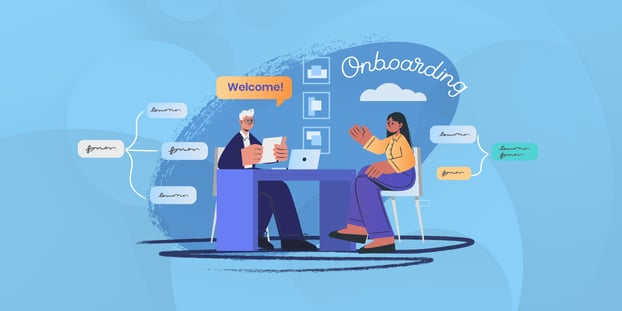User provisioning, a critical aspect of IT management, plays a pivotal role in ensuring seamless access to resources within an organization.
It involves the process of granting and managing access to resources, systems, and applications for employees or users within an organization, typically through the creation, modification, or deletion of user accounts and associated permissions.
In this article, we delve into the following fundamental questions: What is user provisioning? How can it benefit your organization? How can you implement it?
Let's begin.
What is User Provisioning?
User provisioning is the process of managing and granting access to various IT resources for employees or users within an organization. It involves creating, updating, and disabling user accounts, as well as assigning the necessary permissions and resources based on their roles and responsibilities.
How Does User Provisioning Work?
User provisioning involves a series of steps, starting from the onboarding of new users to the organization to the regular maintenance of existing accounts. Automated user provisioning systems streamline this process, reducing the risk of errors and ensuring efficiency.
Why is User Provisioning Essential?
User provisioning is essential for several reasons. It enhances security by granting only the necessary access, improves productivity through quick onboarding, and facilitates compliance with regulatory requirements by maintaining accurate access records.
Advantages and Benefits of Automating User Provisioning
- Efficiency: Automated user provisioning significantly reduces the time and effort required for managing user accounts, allowing IT teams to focus on more strategic tasks.
- Security: By automating the process, organizations can enforce consistent security policies and quickly revoke access when an employee's status changes.
- Compliance: Automated systems maintain a clear audit trail, ensuring compliance with industry regulations and internal policies.
Types of User Provisioning
- Manual User Provisioning: Traditional and time-consuming, involving manual input for each user, which is prone to errors.
- Automated User Provisioning: Utilizes specialized software to streamline the process, ensuring accuracy and efficiency.
How to Implement User Provisioning
Implementing user provisioning involves the following steps:
- Assessment: Understand the organization's needs and define access policies.
- Selection of Tools: Choose a reliable user provisioning tool that aligns with the organization's requirements.
- Configuration: Customize the tool to fit specific roles, permissions, and workflows.
- Testing: Thoroughly test the system to identify and rectify any potential issues.
- Deployment: Roll out the automated user provisioning system gradually, ensuring a smooth transition.
Conclusion
In conclusion, user provisioning is a crucial component of IT management, ensuring that users have the right access to resources at the right time. By understanding the nuances of user provisioning, organizations can enhance security, streamline processes, and improve overall efficiency.















